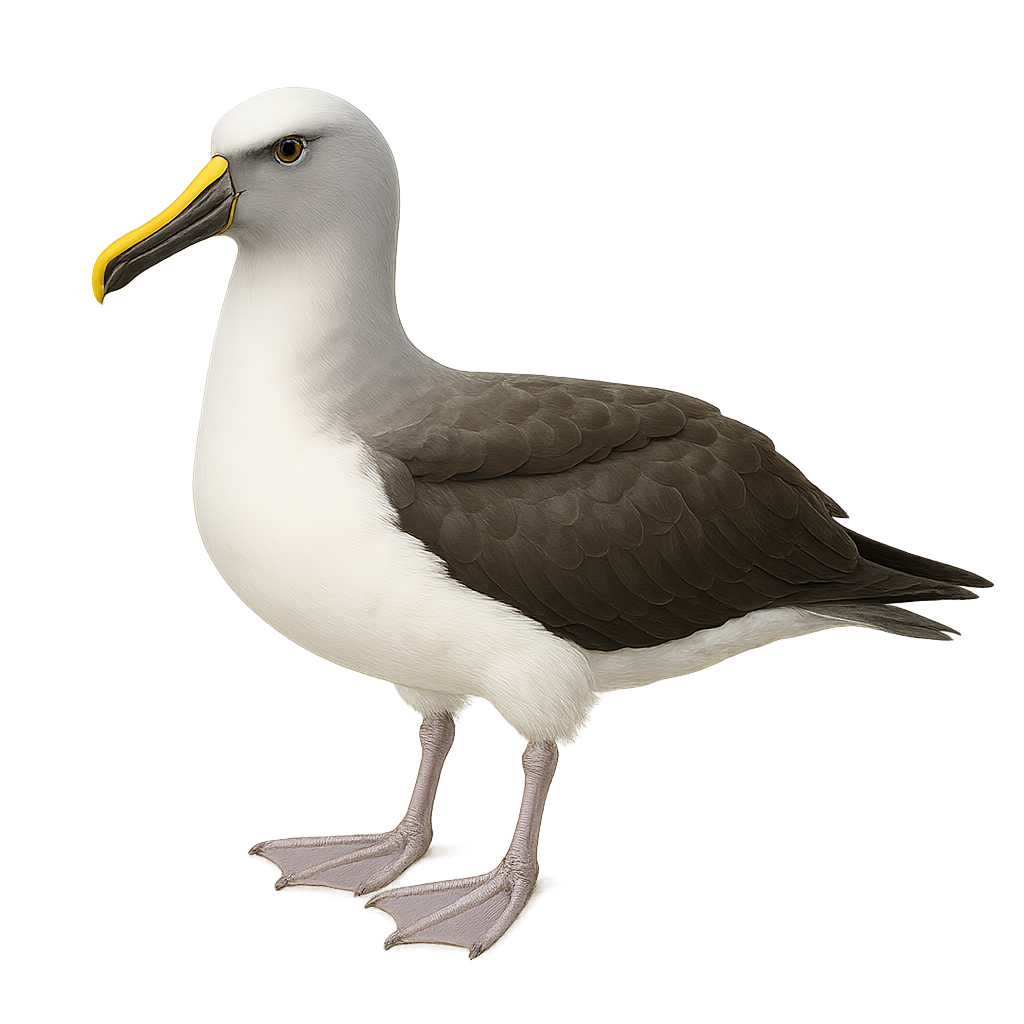Your wildlife photography guide.
Explore the buller's albatross in detail, study its behavior, prepare your shots.
Where to observe and photograph the buller's albatross in the wild
Learn where and when to spot the buller's albatross in the wild, how to identify the species based on distinctive features, and what natural environments it inhabits. The WildlifePhotographer app offers tailored photography tips that reflect the buller's albatross’s behavior, helping you capture better wildlife images. Explore the full species profile for key information including description, habitat, active periods, and approach techniques.
Buller's Albatross
Scientific name: Thalassarche bulleri

IUCN Status: Near Threatened
Family: DIOMEDEIDAE
Group: Birds
Sensitivity to human approach: Suspicious
Minimum approach distance: 15 m
Courtship display: November to December
Incubation: 68-72 jours
Hatchings: January to March
Habitat:
Ocean, islands, cliffs
Activity period :
Primarily active during the day, with peak activity in the morning and late afternoon.
Identification and description:
The Buller's Albatross, Thalassarche bulleri, is a medium-sized seabird belonging to the Diomedeidae family. It is primarily found in the southern Pacific Ocean, especially around New Zealand. This albatross is distinguished by its silver-gray plumage on the back and wings, contrasting with a pure white belly. Its beak is bright yellow with a black tip, and its eyes are ringed with black, giving it a piercing look. It mainly feeds on fish and squid, which it captures by skillfully diving into the water. The Buller's Albatross is known for its long gliding flights over the waves, using air currents to travel great distances with minimal effort.
Recommended lens:
400mm – adjust based on distance, desired framing (portrait or habitat), and approach conditions.
Photography tips:
To photograph the Buller's Albatross, it is advisable to use a telephoto lens of at least 400mm to capture detailed images without disturbing the bird. The best opportunities often arise during sea trips, where these albatrosses can be observed gliding. Favor sunny days to benefit from good lighting and try to capture the bird in action, especially when diving for food. Be patient and ready to quickly adjust your settings to capture the swift movements of this majestic bird.
The WildlifePhotographer App is coming soon!
Be the first to explore the best nature spots, track rutting seasons, log your observations, and observe more wildlife.
Already 1 431 wildlife lovers subscribed worldwide

